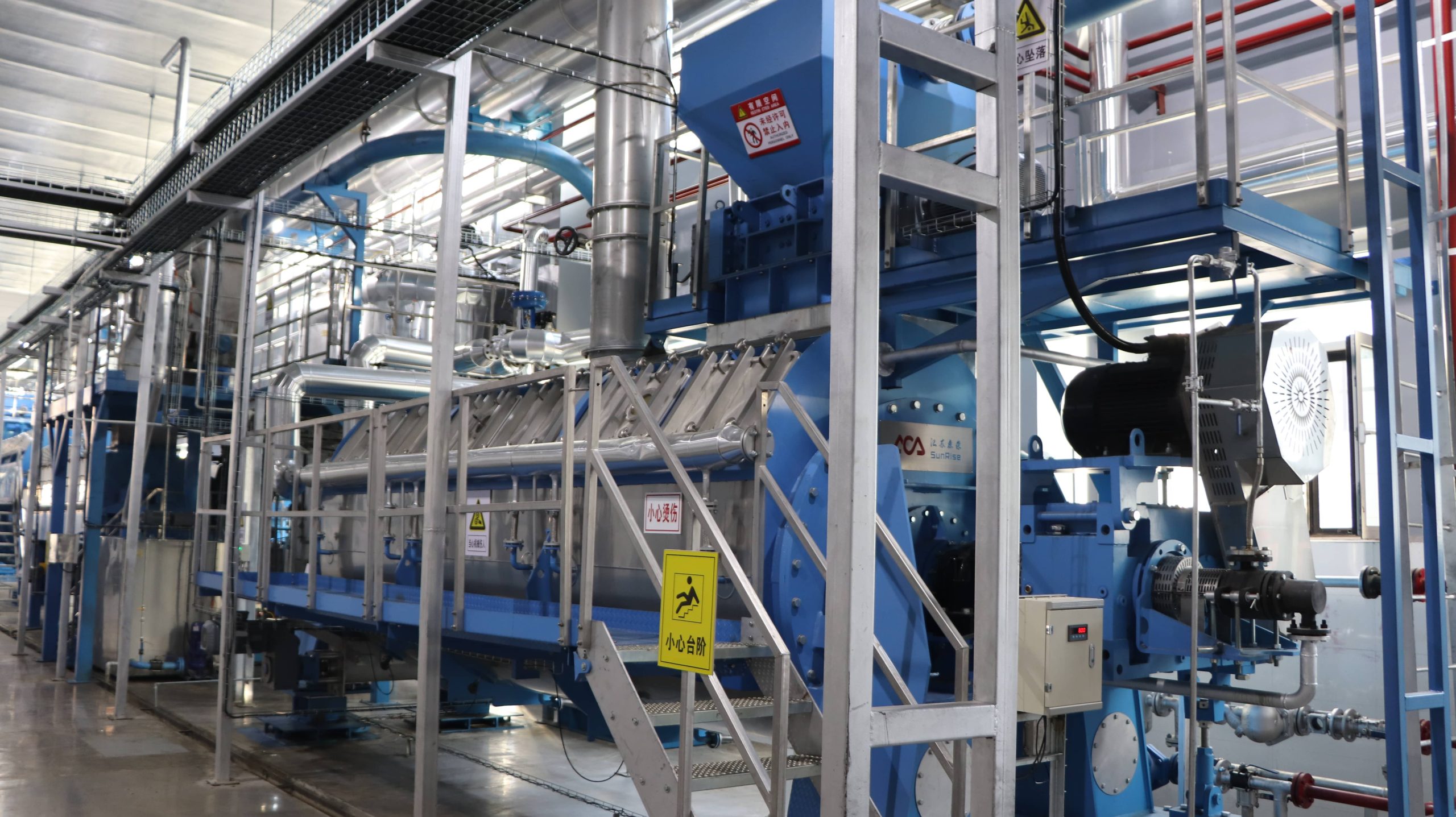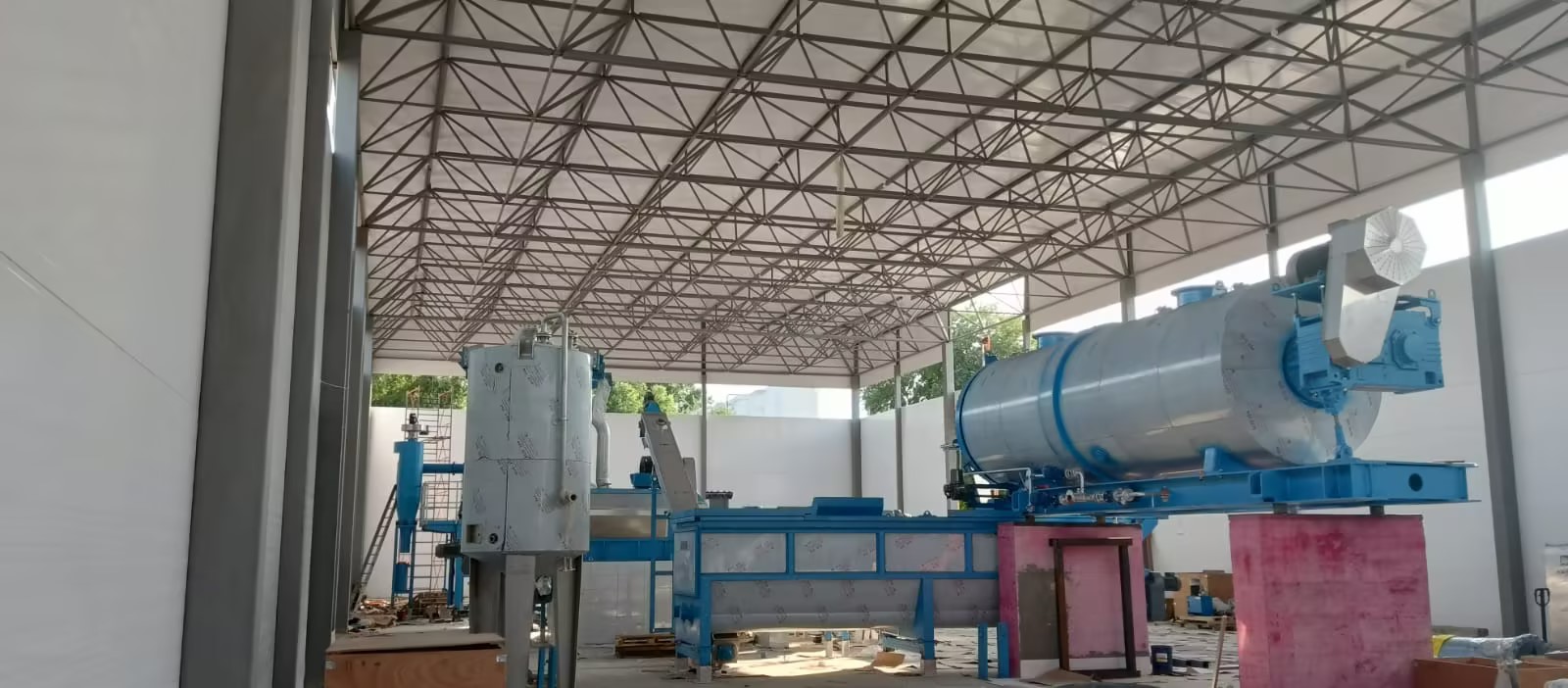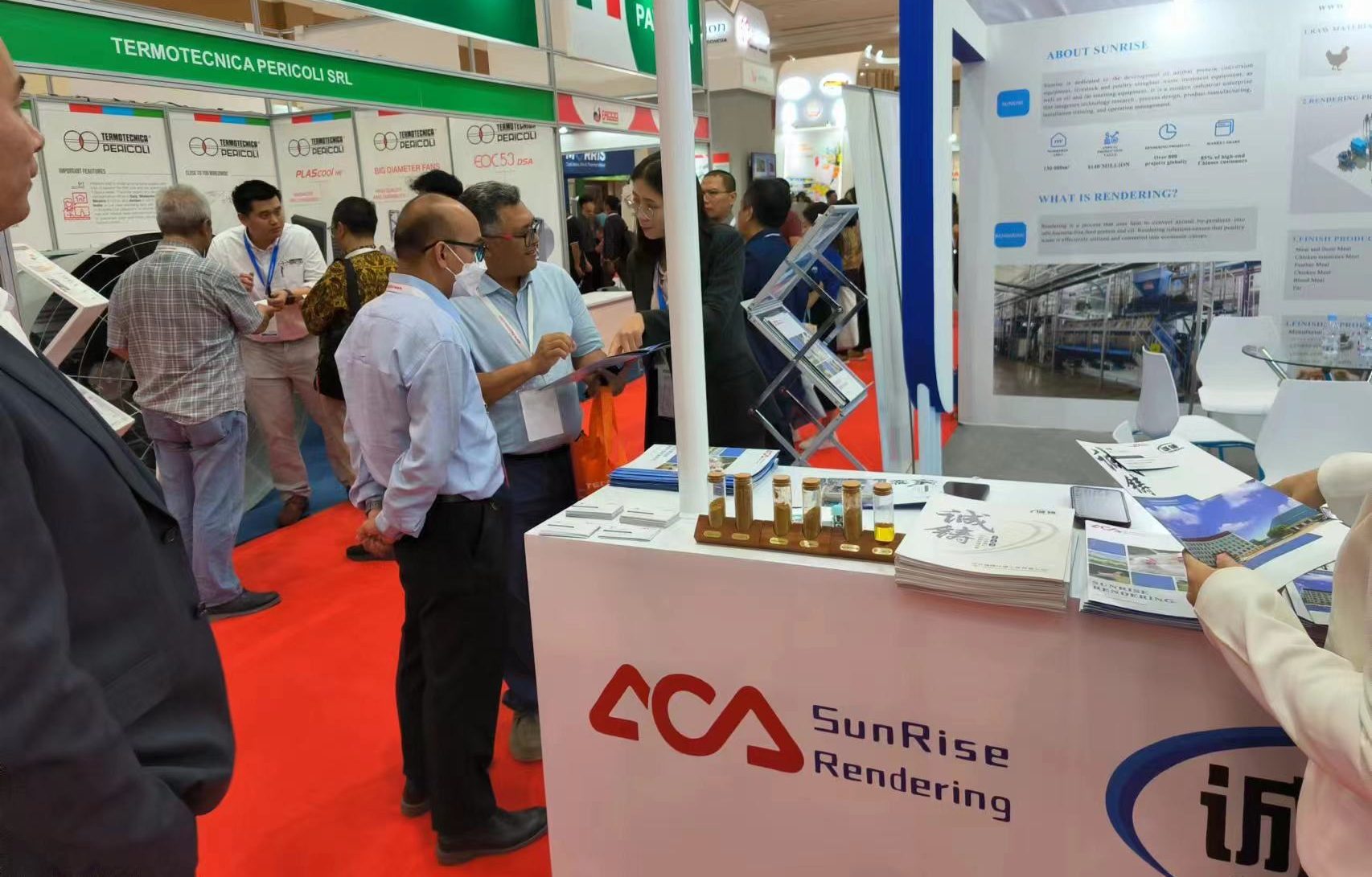
Hygienic Requirements for Slaughterhouses
Hygienic Requirements for Slaughterhouses
Hygienic Requirements are very important to consider, few of most important Hygienic Requirements are:
Absolute cleanliness must be mandatory for personnel, premises, equipment and tools.
(a) Personnel must, in particular, wear clean work clothes and light-coloured headgear that can be washed easily. Personnel who slaughter animals and handle and handle meat must wash and disinfect their hands at regular intervals during each working day and each time before resuming work. Persons who have come into contact with sick animals or infected meat should immediately wash their hands and hands thoroughly with hot water and then disinfect them. Smoking should be prohibited in work and storage areas;
(b) dogs, cats or other animals, other than those intended for slaughter, may not be in slaughterhouses, nor may working animals be left in slaughterhouses.
Rodents, insects and other pests must be systematically destroyed;
(c) Equipment and tools used for slaughtering, processing and storing meat must be kept clean and in good repair. They must be thoroughly cleaned and disinfected several times during each working day, at the end of the working day and before reuse if they have been contaminated, especially with pathogens;
(d) Containers for unhealthy unfit for human consumption and for waste must be emptied after use and cleaned and disinfected each time they are emptied.
2. Premises, tools, working equipment and units used for slaughtering, processing and storing meat must be used exclusively for these purposes.
3. The use of detergents, disinfectants and pesticides must not affect the suitability of the meat for consumption.
4. Persons who may contaminate the meat must be excluded from slaughtering or contact with it, in particular if:
(a) are ill or suspected of being ill with typhoid fever, paratyphoid fever A or B, infectious enteritis (salmonellosis), dysentery, viral hepatitis, scarlet fever, or carriers of these diseases;
(b) are ill or suspected of having contagious or infectious tuberculosis;
(c) are ill or suspected of having a contagious or infectious skin disease; carry out at the same time actions that can cause infection of meat with microbes; wear a bandage on their hands, different from waterproof gloves that protect wounded fingers from infection.
5. A medical certificate should be required from every person working with poultry meat. This should confirm that there are no obstacles to such work; the certificate must be updated annually and whenever required by the official veterinarian; they must always be available to the latter.
Hygienic requirements for meat processing enterprises
The site for construction should be allocated taking into account the terrain, the level of standing groundwater, the availability of access roads, the possibility of water supply, the provision of the necessary conditions for the discharge of wastewater, the direction of winds, and other issues. The site should be located on the windward side in relation to industrial enterprises that emit harmful substances, and on the leeward side – in relation to residential buildings, medical and preventive and cultural institutions.
At the entrance and exit from the territory of the enterprise, disinfection barriers in the form of disinfection mats filled with disinfectant must be installed at the gate for disinfection of vehicle wheels. The carriageway of the territory must have a coating that does not form dust.
The territory is divided into three main zones:
1. Utility room with auxiliary buildings and facilities for storing fuel, building and auxiliary materials.
2. An ante-slaughter facility with a quarantine section (pen), isolation ward and sanitary slaughterhouse.
3. Production room, where the main production buildings are located.
The vertical planning of the territory should ensure the removal of atmospheric, melt water and runoff from flushing areas. At the same time, wastewater from the base of pre-slaughter livestock keeping (including quarantine, isolator and sanitary slaughterhouse) and fuel facilities should not enter the rest of the territory of the enterprise.
The location of buildings, structures and devices on the territory should exclude the intersection of transportation routes:
a) raw materials and finished products;
b) healthy and sick, as well as cattle suspicious for the disease;
c) food products with livestock, manure, production waste.
In addition, a break from the places of reception and distribution of food products should be provided:
to quarantine, isolation ward and sanitary slaughterhouse – at least 100 m;
to closed premises for ante-mortem keeping of livestock and solid fuel warehouses – at least 25 m.
At a distance of at least 25 m from the production and auxiliary premises for collecting garbage, metal containers or tanks with lids are installed on asphalt sites, 3 times the area of the base of the collectors. Waste bins should be emptied when they are no more than 2/3 full, after which they are subject to washing and disinfection with a 10% bleach solution or lime milk.
Hygienic Requirements continued:
When using water from open reservoirs and wells, a bacteriological analysis of water should be carried out at least once every 10 days.
The water inlet must be located in a separate closed room, have pressure gauges, taps for sampling water, ladders for draining, check valves that ensure the movement of water in only one direction.
Industrial water can be used for compressor installations, irrigation of the territory, external washing of vehicles. Water pipelines of technical and drinking water must be separate and painted in distinctive colors, and points of analysis with special inscriptions “drinking”, “technical”.
The number of reservoirs for storing water for drinking and firefighting needs must be at least two, the exchange in them must be ensured within a period of no more than 48 hours.
In case of accidents, after repair work, as well as according to the instructions of the sanitary and epidemiological station, disinfection of tanks and water supply networks should be carried out, followed by quality control of processing in accordance with the above Instructions.
In industrial premises for every 150 sq. m floor area should be equipped with one flush tap (but not less than one per room) and one tap (10 cm in diameter) for draining liquids.
Enterprises must have domestic, industrial and storm sewer networks that are connected to the city sewer, or have their own system of treatment facilities.
Pipelines for draining waste water from apparatuses and machines are connected to the sewer network with siphons or through funnels with a jet break.
Wastewater from a quarantine, isolation ward, sanitary slaughterhouse, machine sanitization station, as well as water from washing the adjacent territory, is disinfected before being released into the sewer.
Enterprises must have water supply and sewerage schemes and present them at the request of regulatory organizations.
In production workshops with a constant stay of people, there should be natural lighting. With insufficient natural lighting or without it, premises are allowed in which workers stay no more than 50 percent of the working time.
Luminaires with fluorescent lamps must have a protective grid (grid) or special lamp sockets to prevent the lamps from falling out; lamps with incandescent lamps – solid protective glass.
When equipping mechanical supply ventilation in workshops with an open technological process, cleaning of the supplied outside air from dust should be provided, and in rooms with the release of vapors and heat, supply and exhaust ventilation with a device, if necessary, local exhausts.
The heating system must provide an appropriate microclimate in the workshops, and the heating devices must be convenient for cleaning and repair.
In order to protect workers from harmful working conditions at workplaces, measures should be taken to reduce industrial noise to established standards.
Cleaning equipment, as well as detergents and disinfectants must be in sufficient quantities. They are stored in specially designated pantries, cabinets, chests. Cleaning equipment for bathrooms should be stored separately and have a special label.
At meat processing enterprises, a sanitary day should be held monthly.
Read more Hygienic Requirements



